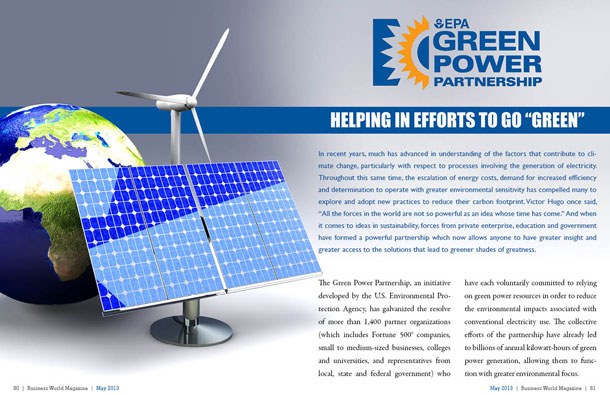 Searching for the resources that everyone can believe in
Searching for the resources that everyone can believe in
Mining in Australia is one industry that is on the move. “Montezuma was formed as a spin out vehicle of non-core assetsfrom another listed company,” says JustinBrown, General Manager at Montezuma Mining Company. These were assets that the parent company could no longer effectively manage on their own. “They had some other assets in Western Australia and they were devoting a lot of their funding to those projects.” It was suggested to Brown that he could put together a company to take over the management of their Pilbara assets, and then head up the newly formed company. Brown agreed to the opportunity, and by November 2006 he had taken on that role and successfully listed Montezuma on the ASX. “We kicked off exploration, and completed quite a number of programs on various projects with some success,” he says.”However, when the opportunity to acquire the Peak Hill Gold Mine came around, we jumped at it. It was an opportunity to advance the company from a grassroots explorer to a more advanced position.” The Peak Hill Gold mine had been a successful historical producer.They knew there were resources in the ground;it was the type and quality of the ore that they needed to determine.
Montezuma Mining holds at least 80 per cent ownership of all their tenements, andin the majority of their drill sites they own 100 per cent of the mineral rights for the areas being explored. “We have a few tenements at Butcher Bird which we hold 100%.We have Peak Hill,where we own 85 to 100 per cent of the tenements and we have various interests in some regional tenements around Peak Hill.In the case of Mt Padbury, for example, we have sold the manganese and iron ore rights in the area, however we retain all other mineral rights going forward” says Brown. This deal – in which Montezuma Mining still maintains the gold and other mineral rights – was reached in 2008 with Sinosteel and Auvex Metals Limited and has provided Montezumawith the necessary capital to further develop their other exploration properties.Brown sees this moveas an important step forward for the company.”We also have a couple of other minority interests up in the Pilbara area, and that pretty much rounds out our holdings. But our key focus is on Butcher Bird and Peak Hill. They are the stand outs in the portfolio,” says Brown.
Montezuma Mining acquired Peak Hill from Barrick Gold and Rio Tinto, and spent the next few years trying to develop and explore those holdings, while battling the effects of the Global Finical Crisis.”We, like all explorers, slowed down because the capital markets dried up and you couldn’t get money for any project,” he says. Despite this, they did make some head way during these trying times by focusing on developing corporate agreements on their other non-critical assets. “We were able to recapitalise, and emerged from the GFC in a pretty strong position. The sale of the iron ore rights at Mt Padbury was key to that, resulting in six million dollars coming into the Company’s coffers.”
Rediscovering a resource
The area surrounding the Peak Hill project has only been explored in a limited manner, says Brown, and those explorations have only been shallowly drilled. The original mine was shut down due to low gold prices in 1997.That is not a concern at this point, of course, with the value of gold hitting record highs. Barrick and Rio Tinto,did not invest in reopening the mine because they saw it as too small for their requirements; this is why Montezuma was able to obtain the tenement at a reasonable price. “Gold is looking good, and I think it will continue to look very good. Wehave a lot of expertise in that space, and it is an attractive commodity,” he says. “That said, whilstwe regard Peak Hill as a high quality asset, we also regard our manganese asset at Butcher Bird as a potential company maker, and in fact when you do the analysis you reach the conclusion that the Butcher Bird manganese deposit is more likely to get into production more quickly, and with less capital requirements than Peak Hill.” Brown says that that the fact that they have an asset that could be quickly turned into a producing mine, makes Montezuma Mining an attractive investment. “Right now we are pushing more into commercialising the manganese, but we are still very much of the view that the Peak Hill project will produce a lot of value for our shareholders.”He says they are examining options that would allow them to either develop the two finds as parallel projects. This will also provide Montezuma Mining with a pipeline of project work for years to come. “You have to realise that gold projects can be capital intensive, and the timelines can run a bit longer then some of the other commodities will. We think at this moment the manganese is potentially a real company maker for us.” He says that by dividing up the exploration efforts into multiplecommodities they are in a way hedging their bets on the various risk factors. “With financial and market instability in the Euro-zone and the US, this uncertainty has made gold an attractive place for people to put their funds, or at least part of their funds,” he says.
Finding stability in an uncertain market
Brown believes that gold represents a stable market in these times of uncertain futures, and that is why Montezuma Mining is very excited to see the development of their Peak Hill projects. He also says that their holdings that represent high quality iron ore, manganese, and high grade copper are in a great position for taking advantage of the growth that China has seen in the last few years. He says that the industries that China is developing will be hungry for these minerals, and sees a great future for their holdings once they arrive at the development stage. Brown thinks that they could see the development stage of their Butcher Bird holdings seeing realisation within the next three years, with their other projects to follow.








